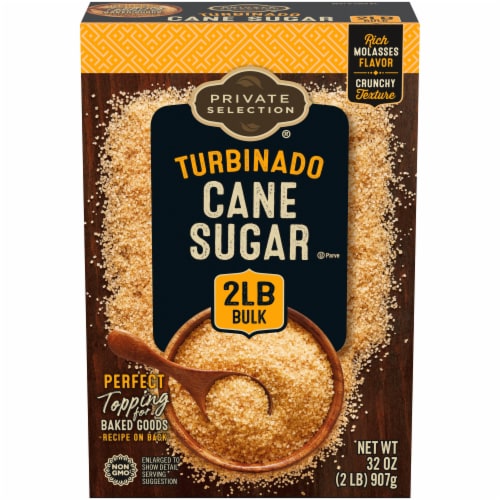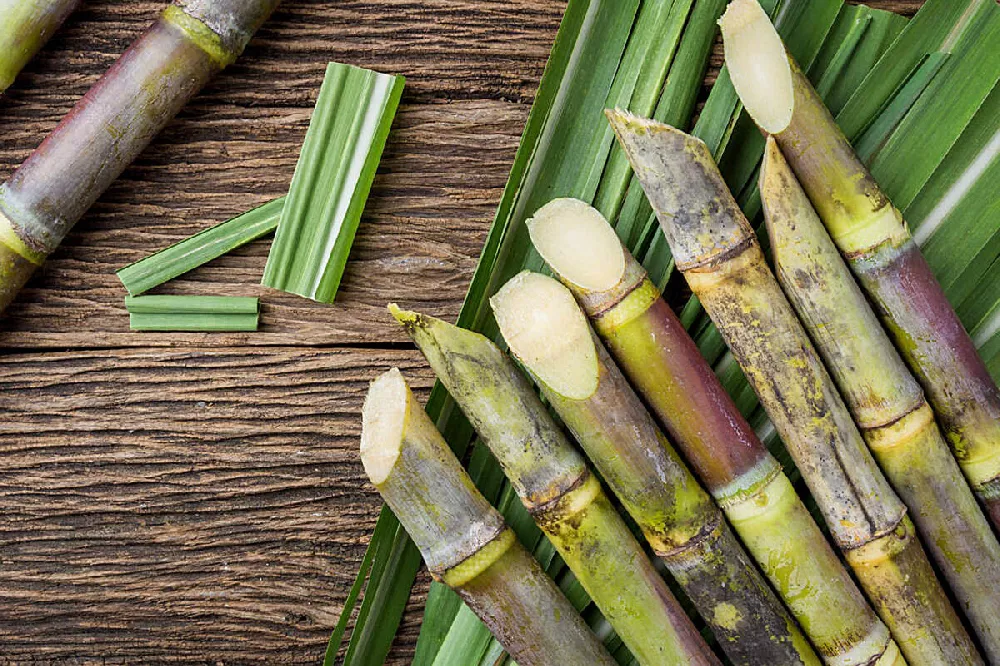Cane Sugar Processing: From Field to Table-- A Step-by-Step Overview
Cane Sugar Processing: From Field to Table-- A Step-by-Step Overview
Blog Article
Checking Out the Comprehensive Tips Associated With Walking Stick Sugar Processing From Harvesting to Refinement
The process of walking stick sugar manufacturing includes a collection of complex actions, starting with the careful harvesting of sugarcane and finishing in the refinement stages that make certain the last item fulfills market criteria. Each phase, from the extraction of juice to the filtration and crystallization procedures, plays an important role in figuring out the high quality and character of the sugar.
Collecting Sugarcane
Harvesting sugarcane is a critical action in the cane sugar processing chain, as it directly affects the top quality and return of the last item. Correct timing and strategies are vital during this phase to ensure optimum sugar web content and minimize losses. Typically, sugarcane is gathered when it reaches maturation, normally 12 to 18 months after growing, identified by a high sucrose concentration.

Post-harvest, the sugarcane has to be processed quickly to stop sucrose destruction. Ideally, collected cane must be transported to refining centers within 24-hour to protect sugar top quality. Consequently, efficient logistical preparation is critical to keep the stability of the collected crop throughout the supply chain.
Extraction Process

The smashed walking stick undergoes a collection of pushing operations to maximize juice recuperation. Typically, warm water is sprayed onto the crushed walking stick, producing a countercurrent circulation that assists liquify the sugar while also helping in the removal process. The juice collected from this procedure has not just sugar yet likewise different organic substances and contaminations.

To boost removal efficiency, some centers might use diffusion techniques, where the sugarcane is taken in warm water, permitting the soluble sugars to diffuse into the fluid. The resulting juice, rich in sucrose, is after that guided to succeeding handling phases, laying the structure for purification and refinement. The removal procedure is therefore critical in establishing the high quality and return of the last sugar item.
Filtration Techniques
The purification methods employed in walking stick sugar handling are important for changing the raw juice into a premium sugar item. These methods primarily intend to remove pollutants, such as dirt, plant products, and not natural materials, which can negatively impact the last item's taste and shade.
One of the most typical filtration methods is information. This process entails including lime and warm to the raw juice, which promotes the coagulation of contaminations. The resulting precipitate is then gotten rid of through sedimentation or filtering, yielding a more clear juice. Additionally, using phosphoric acid can improve the clarification process by more binding impurities.
An additional substantial method is carbonatation, where carbon dioxide is presented to the cleared up juice. This response creates calcium carbonate, which catches remaining contaminations and promotes their removal.
Additionally, activated carbon treatment may be related to adsorb any remaining colorants and organic contaminations, making sure a much more polished product. The combination of these techniques efficiently prepares the sugar juice for succeeding action in the refining process, setting the phase for the production of top notch walking cane sugar.
Condensation Techniques
After the filtration phase, the next vital action in walking stick sugar processing involves condensation techniques, which play an essential duty in transforming the cleared up juice right into solid sugar. This process generally employs two key approaches: spontaneous condensation and regulated condensation.
In spontaneous condensation, supersaturated sugar solutions are allowed to cool normally, resulting in the formation of sugar crystals in time. This method is easier yet might lead to irregular crystal dimensions and lower pureness levels. On the other hand, managed formation is a more precise method where temperature, seeding, and concentration representatives are thoroughly handled. This technique enables for the uniform development of sugar crystals and higher pureness.
During formation, the cleared up juice is focused through evaporation, increasing its sugar material until it reaches supersaturation. Once this point is attained, either technique can help with the condensation process. Cane Sugar Processing. The resultant sugar crystals are then separated from the remaining syrup through centrifugation
Ultimately, the selection of formation approach impacts the high quality, size, and purity of the final sugar product, making this action vital in the overall walking stick sugar processing treatment.
Improvement and Packaging
Exactly how Learn More can the purity and top quality of walking cane sugar be further enhanced after crystallization? The refinement procedure plays an important duty in accomplishing high-grade walking stick sugar. Complying with condensation, sugar undertakes a thorough washing to eliminate pollutants and residual molasses. This is usually completed using warm water or steam, which helps dissolve and remove unwanted aspects while protecting the sugar crystals.
Following, the sugar goes through a procedure called centrifugation, where it is spun at broadband to separate the cleansed sugar crystals from the staying liquid. After centrifugation, the sugar is typically additional refined with index an approach called carbonization or phosphatation, which makes use of activated carbon or phosphoric acid to remove color and off-flavors.
Once improved, the sugar is dried to attain the preferred wetness content, making certain that it continues to be stable during storage and transport. The final action entails product packaging the polished sugar in moisture-proof and airtight containers to keep its high quality and avoid contamination. Cane Sugar Processing. Correct packaging not only expands life span yet likewise facilitates easy handling and distribution, guaranteeing that customers receive sugar that fulfills the highest standards of pureness and top quality
Conclusion
The comprehensive actions associated with walking stick sugar processing, from the meticulous harvesting of sugarcane to the complex refinement and packaging phases, underscore the relevance of each phase in making certain premium sugar manufacturing. Ideal harvesting methods, reliable removal techniques, and extensive filtration processes jointly add to the end product's pureness and stability. The crystallization and succeeding packaging techniques additionally enhance the honesty and life span of the sugar, highlighting the intricacy and accuracy integral in this vital farming industry.
The procedure of walking check these guys out stick sugar production incorporates a collection of intricate steps, beginning with the mindful harvesting of sugarcane and finishing in the refinement stages that make sure the last product meets market standards. Preferably, harvested walking cane ought to be delivered to refining centers within 24 hours to maintain sugar quality.In spontaneous formation, supersaturated sugar services are enabled to cool down normally, leading to the formation of sugar crystals over time - Cane Sugar Processing. The improvement procedure plays a vital role in achieving high-quality walking stick sugar.The comprehensive actions entailed in walking cane sugar processing, from the careful harvesting of sugarcane to the elaborate refinement and packaging stages, highlight the importance of each phase in making certain premium sugar production
Report this page